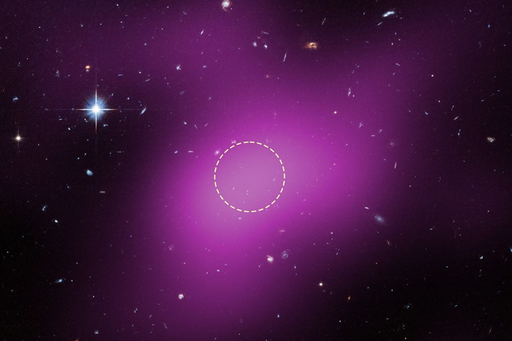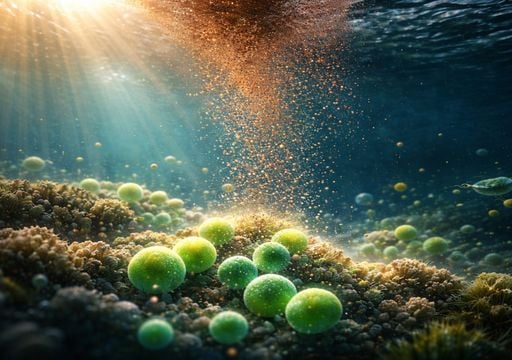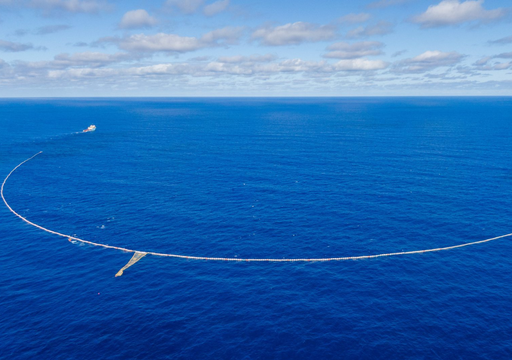Trillions of tonnes lost: satellite images show state of Antarctica’s ice shelves
Composite satellite images show over 70 ice shelves surrounding Antarctica shrunk in volume, releasing 7.5 trillion tonnes of meltwater into the oceans.
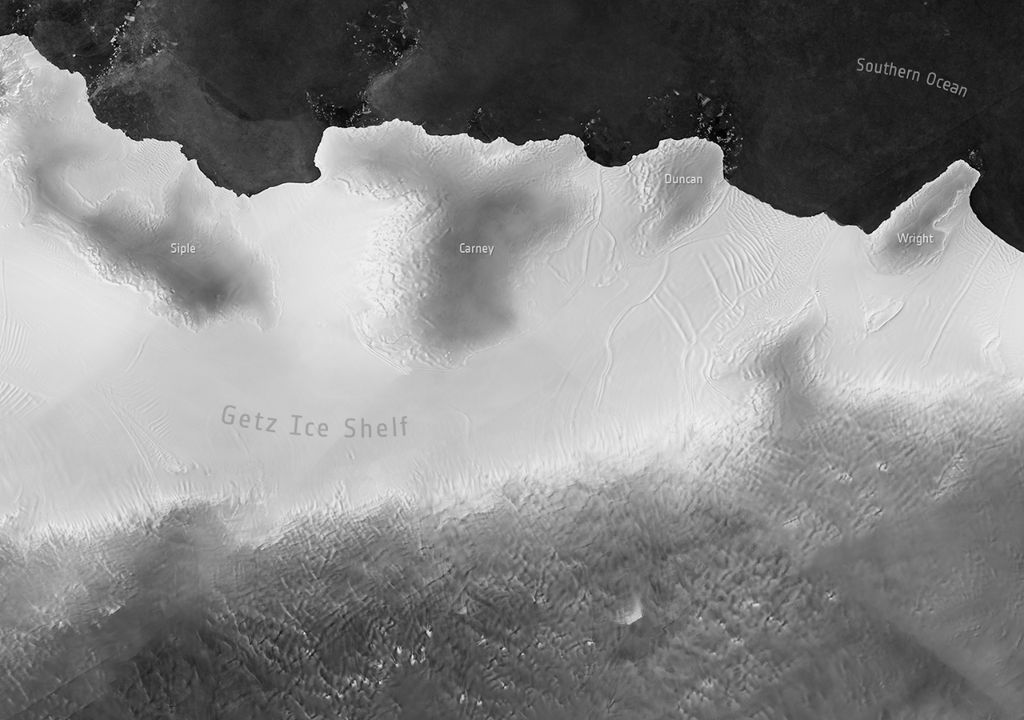
Analysis of over 100,000 satellite radar images has revealed that 71 of the 162 ice shelves surrounding Antarctica shrank in volume between 1997 to 2021. The western side of the continent was most affected, while the eastern side saw ice shelves remaining constant or increasing in volume.
There was a net loss of 7.5 trillion tonnes of ice over the 25-year study – almost 67 trillion tonnes were lost, offset by 59 trillion tonnes which was added to the ice shelves – say scientists from the University of Leeds.
Ice deterioration
Ice shelves are extensions to the ice sheet covering much of the continent and slow down the flow of ice draining into the oceans. When they shrink, the rate of ice lost from the glaciers can increase.
“There is a mixed picture of ice-shelf deterioration, and this is to do with the ocean temperature and ocean currents around Antarctica,” said Dr Benjamin Davison, a research fellow in the School of Earth and Environment, who led the study.
“The western half is exposed to warm water, which can rapidly erode the ice shelves from below, whereas much of East Antarctica is currently protected from nearby warm water by a band of cold water at the coast.”
The seas on the western side of Antarctica experience different currents and winds than on the east, which is driving warmer water underneath the ice shelves on the western flank.
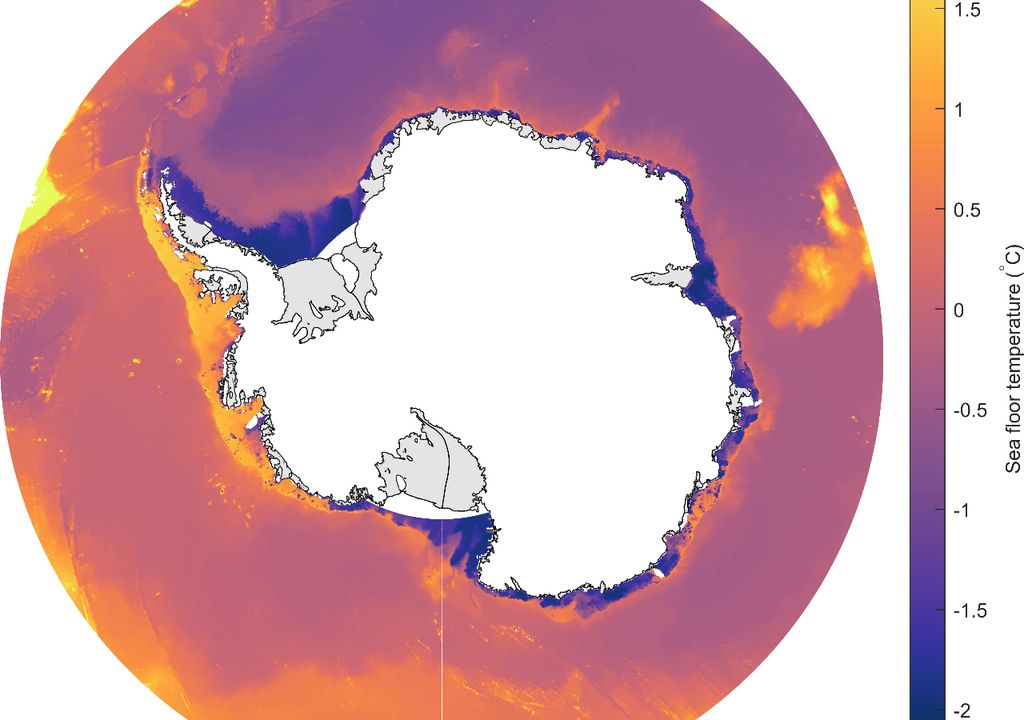
“We expected most ice shelves to go through cycles of rapid, but short-lived shrinking, then to regrow slowly,” Davison added. “Instead, we see that almost half of them are shrinking with no sign of recovery.”
Davison believes anthropogenic global warming is likely a key factor in the loss of the ice as there would have been some signs of ice regrowth on the western ice shelves if this was due to natural variation in climate patterns.
Largest losses
Some of the largest ice losses were seen on the Getz Ice Shelf, where 1.9 trillion tonnes of ice were lost. Just 5% was lost due to calving, the rest was due to melting at the base of the ice shelf.
A further 1.3 trillion tonnes of ice were lost on the Pine Island Ice Shelf, around a third of which - 450 billion tonnes - was due to calving and the rest because of melting from the underside of the ice shelf.
By comparison, the Amery Ice Shelf on the other side of Antarctica gained 1.2 trillion tonnes of ice. It is surrounded by much colder waters.

If the ice shelves diminish or disappear, there will be major knock-on effects on the ice system in Antarctica and on global ocean circulation, which moves nutrients as well as heat and carbon from this sensitive ecosystem.
Saltwater vs freshwater
When ice shelves and glaciers melt, they release freshwater into the ocean. Over the study period, researchers estimate 66.9 trillion tonnes of freshwater entered the Southern Ocean around Antarctica from the ice shelves alone.
Dense salty water sinks to the ocean floor as part of the global ocean circulation, and this acts as one of the engines that drive the circulation. This salty water is diluted by the freshwater, making it lighter and fresher, but also means it takes longer to sink and weakens the ocean circulation system.
“The study has generated important findings. We tend to think of ice shelves as going through cyclical advances and retreats. Instead, we are seeing a steady attrition due to melting and calving,” says Professor Anna Hogg, co-author of the study. “Many of the ice shelves have deteriorated a lot: 48 lost more than 30% of their initial mass over just 25 years. This is further evidence that Antarctica is changing because the climate is warming.”

